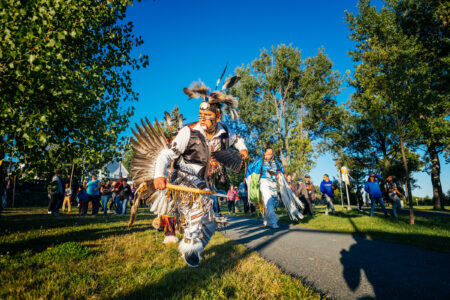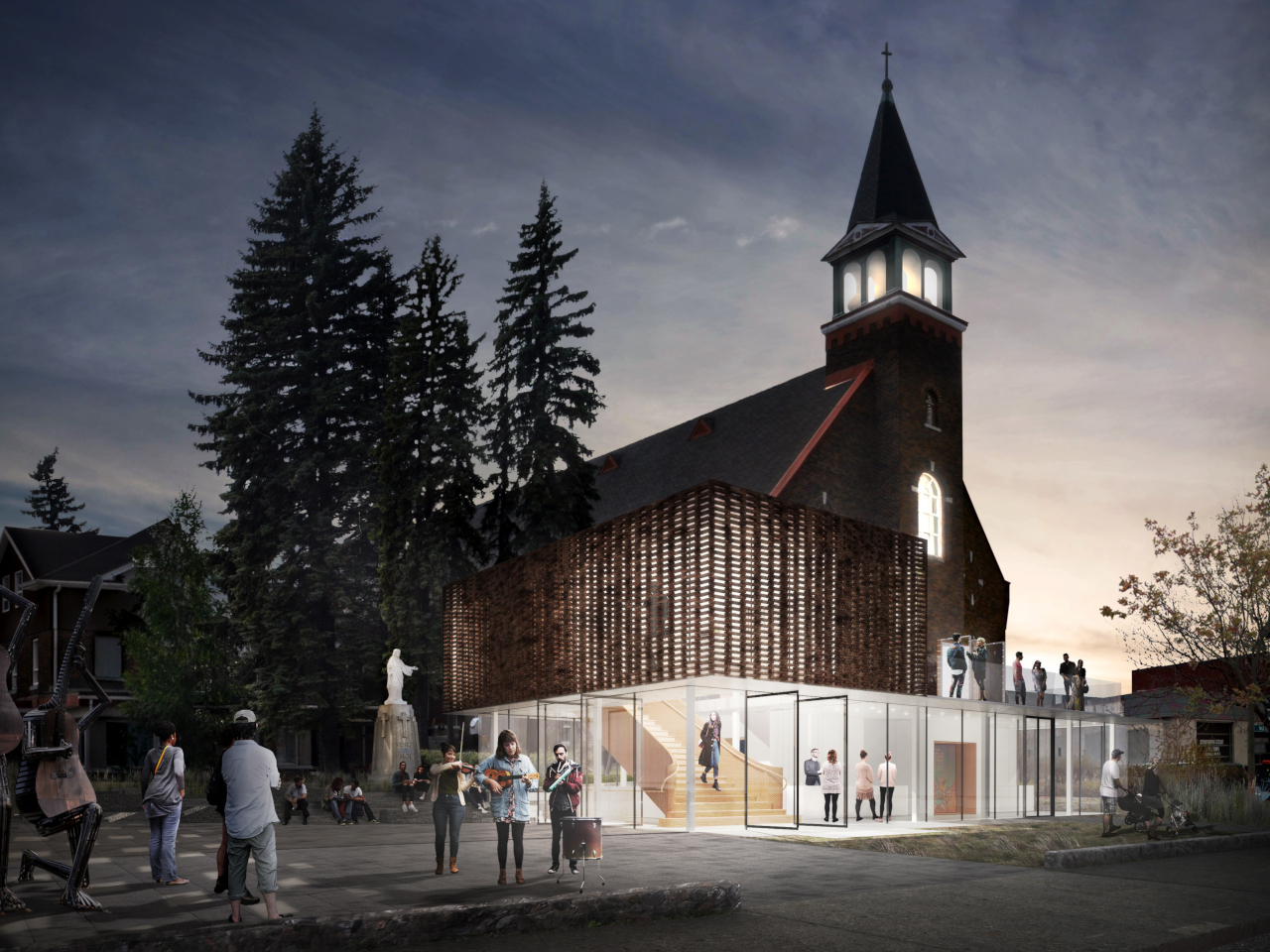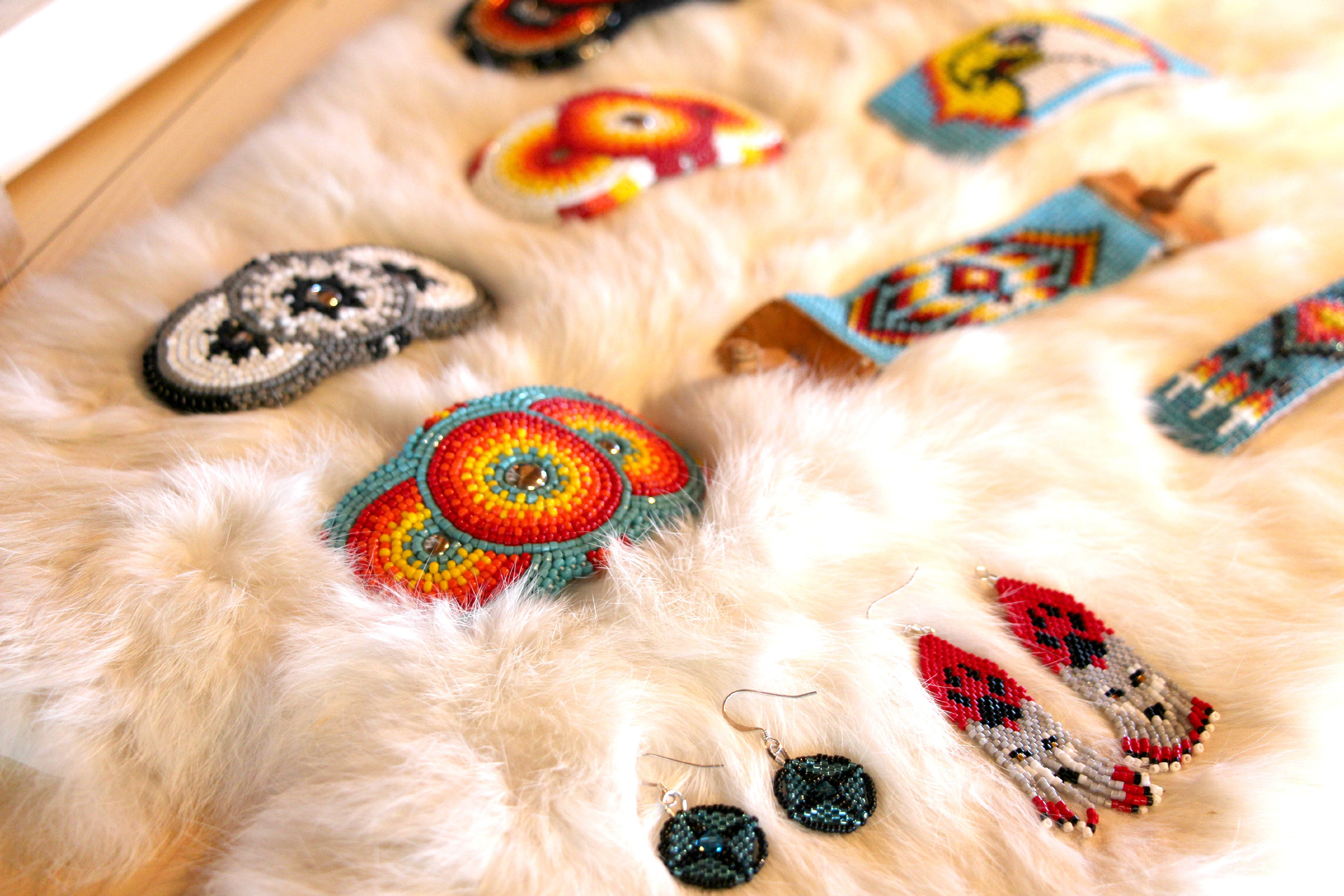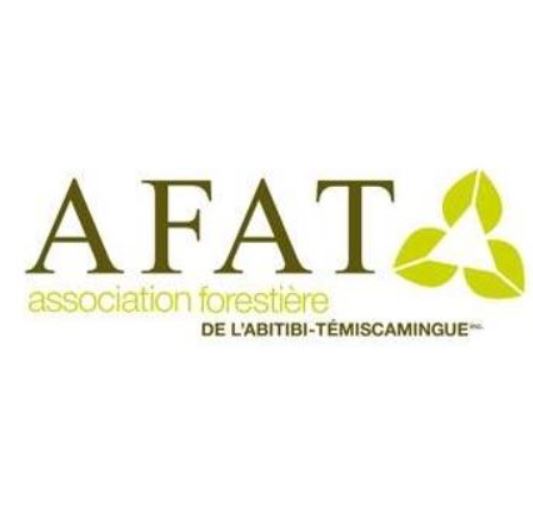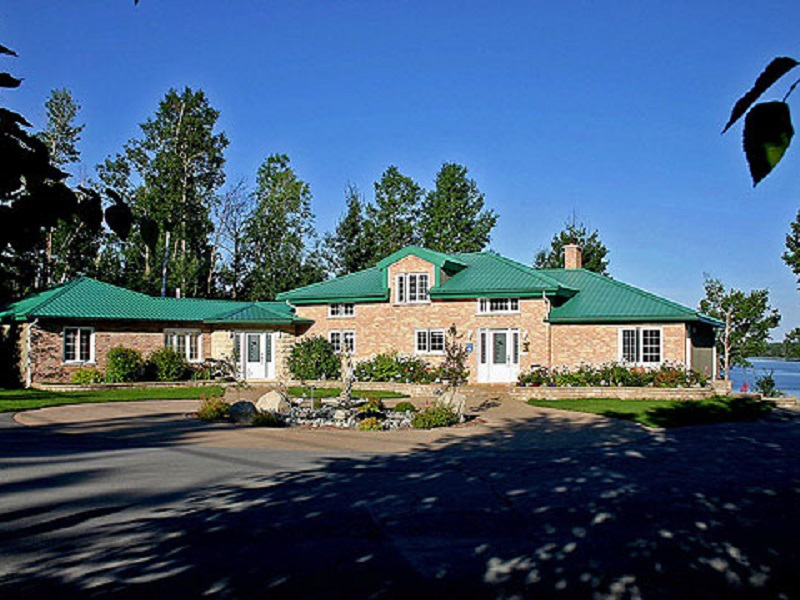A people rich in culture and tradition
On that land out there, where the waters divide (Abitibi), where a deep lake lies (Témiscamingue), the Anicinabek had been there several thousand years. The Temiskaming and the Abitibi used to get together, sharing beliefs, knowledge of medicinal plants and secrets of hunting techniques and winter survival skills. They saw French Canadians establishing themselves on that land, helped them brave winter’s cold and fight illnesses, and guided them through the region’s dense pristine forests. Through mutual influence and cultural blending, the French Canadians and the Anicinabek have become imbued with each other’s way of life, thus resulting in the emergence of the Abitibi and Témiscamingue identity.
Today, the Aboriginals (Algonquins) of Abitibi- Témiscamingue live in seven communities. The three French-speaking communities are located in Abitibi: Pikogan, Lac-Simon and Kitcisakik. The other four, English-speaking, live in Témiscamingue: Eagle Village (Kipawa), Long Point (Winneway), Timiskaming and Wolf Lake (Hunter’s Point). Val-d’Or is the home of many Aboriginals and is known nationally for the leadership shown by the Val-d’Or Native Friendship Centre and University First Peoples Pavilion.
The Algonquin are actively involved in reforestation, trapping and arts and crafts, and many of them still carry out fishing and hunting activities. Some families continue the practice of a nomadism similar to that of their ancestors. The Algonquin are proud of their identity and heritage; they speak their language on the community radio station and regularly organize traditional activities bringing together the elders and the youth in every community.
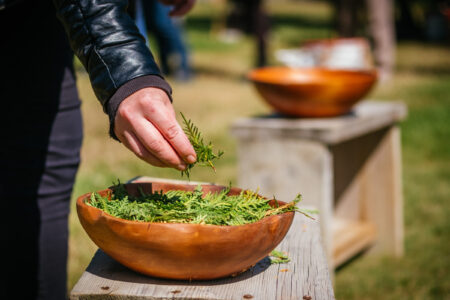
The Algonquin invite you to learn about their cultural heritage through the visit of the Val-d’Or Native Friendship Centre, the participation in the National Aboriginal Day celebrations held on June 21st in several communities. Enjoy the Pow-Wow summertime activities!
